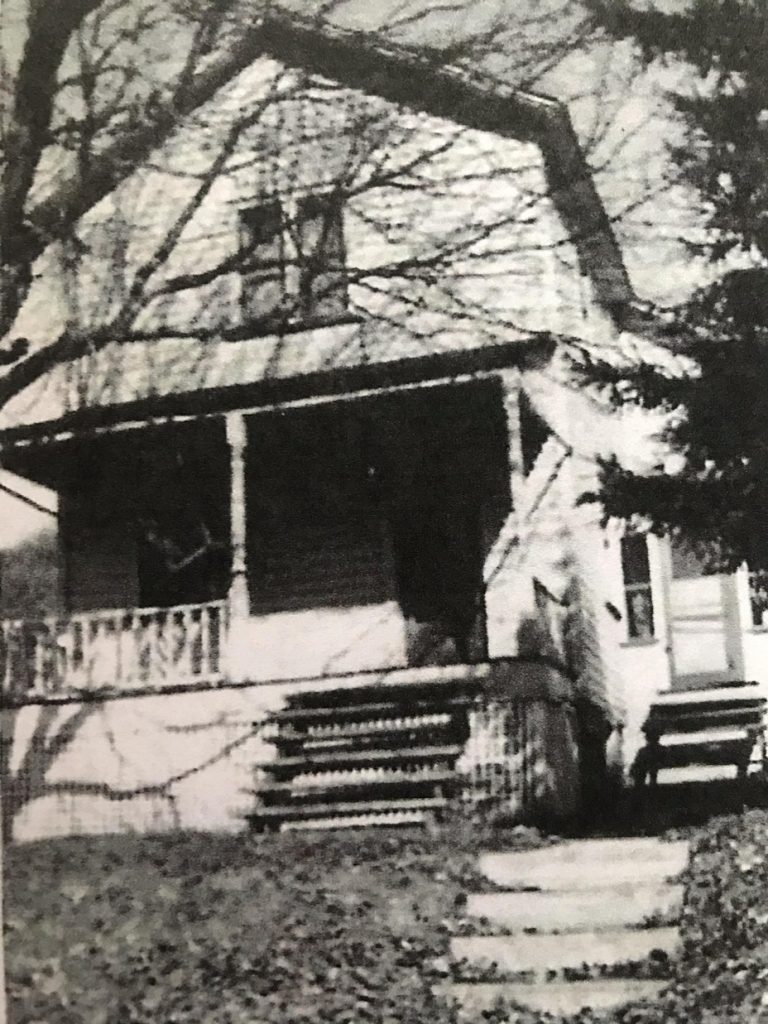Activity first occurred in the Dahoga area of Jones Township around 1896 when Nathan Hoover erected a large sawmill to cut the local timber owned by John E. DuBois. The mill started operations in in April of 1896, It ceased operations after finishing cutting the job in the fall of 1897, having cut over 14-million board feet of lumber in just nineteen months. When the mill closed, the machinery was moved to Indiana County to cut another warrant of land owned by DuBois. The remaining structure was later sold to the McKean Chemical Company which produced wood alcohol and charcoal.
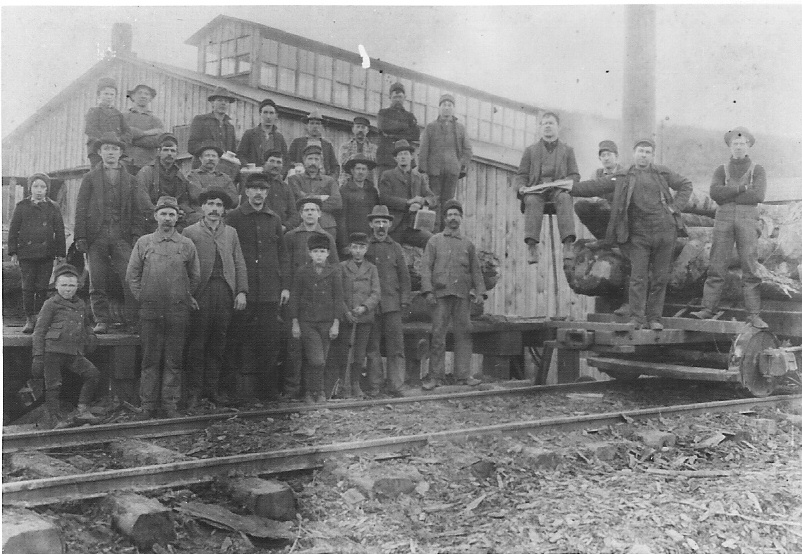
In the spring of 1900, the McKean Chemical Company began making plans to construct a large chemical plant at Dahoga. The former Hoover sawmill site would be used to cut the larger hardwood into workable lumber suitable for the chemical operation. A standard gauge railroad was constructed up Hoffman Run to Wolf Run. The company also constructed a splash dam over Hoffman Run to supply it’s increasing water demands.
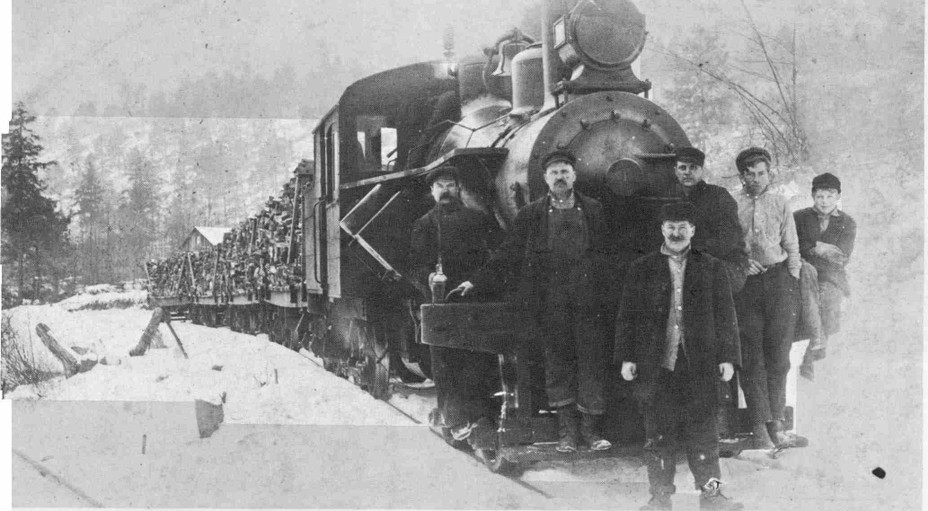
Charles Heim was in charge of the plant. Normally one wood train would be run, but occasionally two would be required if wood was being delivered by the B&O Railroad. Demand for the supply of wood during World War 1 shorted the wood cutting ability on the company lands as other hard wood supplies were being diverted to the paper mill in Johnsonburg.
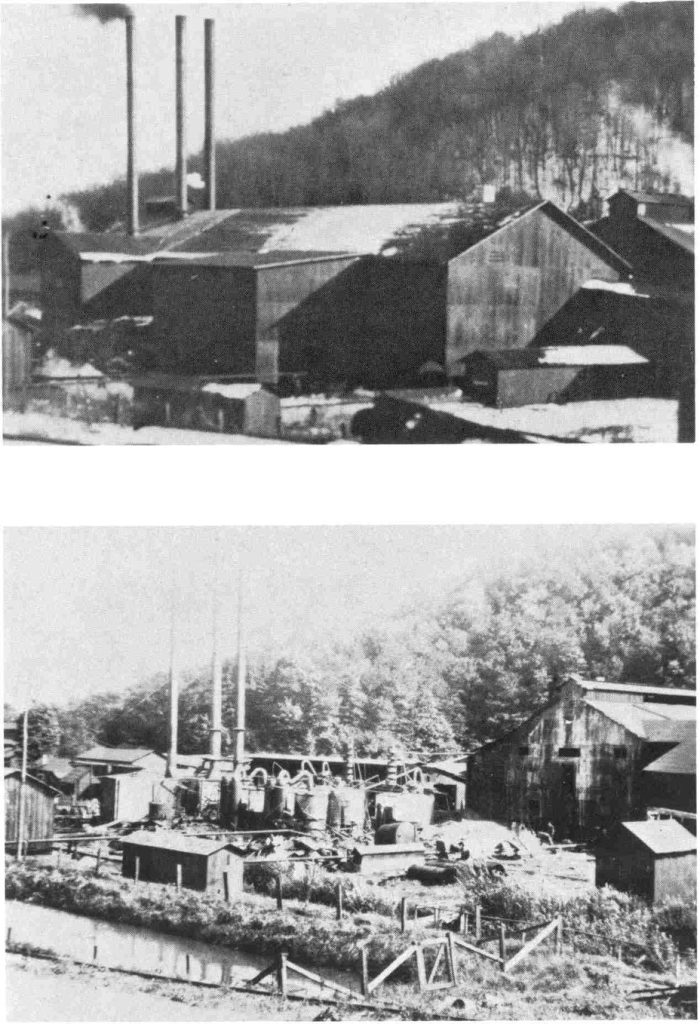
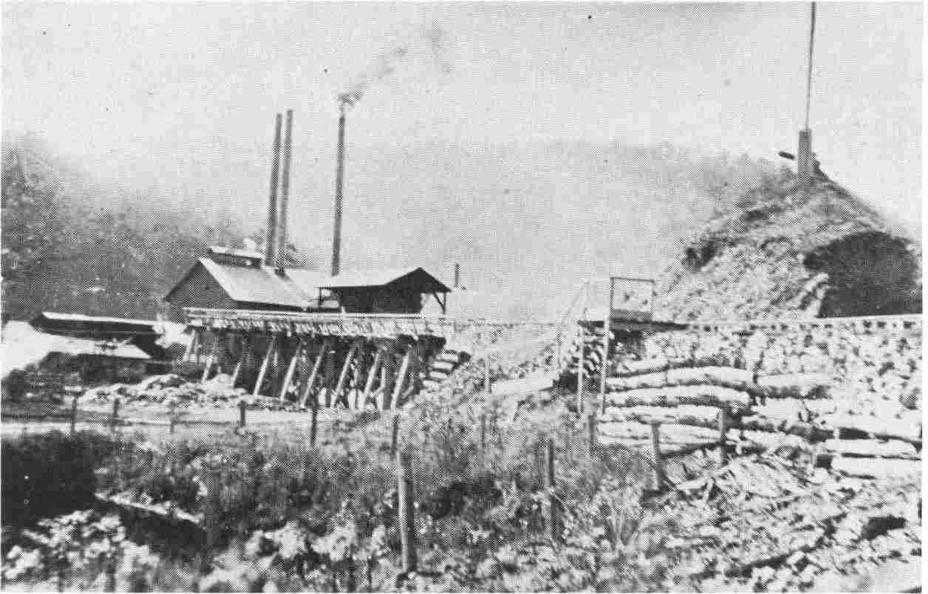
The plant above was located near to where the lower Twin Lakes Campground area exists today. The original site of the splash dam is where the current Twin Lakes dam is located.
The Dahoga chemical plant operated until 1926. Once the land was cleared of it’s timber, the US Forest Service acquired much of the land. In 1936, the Civilian Conservation Corps (CCC) constructed the present dam over Hoffman Run. In this area, the CCC camps were strictly segregated by race, and the enrollees who worked and built the beautiful Twin Lakes recreation area were African-Americans, mostly from the Philadelphia area.
Original plans for the complex were to include two identical lakes at the site – thence the name of “Twin Lakes”. However funds were cut short and only the one lake was actually constructed. The CCC crew build the lower campground, bath-houses, picnic areas, and pavilions. The recreational area was modernized in the 1960’s that included the addition of the upper campground, a new bathhouse and a sewage system. Renovations occurred again in the 1990’s when electric hookups were added to the lower campground.
About 20 homes were erected near the chemical plant when the plant was in operation. In 1974, thirteen still existed. The Forest Service later demolished the remainder by the the mid-1980’s
The owners and major share owners of the McKean Chemical Company, which actually never had any business interests in McKean County, constructed a “club house” in which to spend time while seeing to their operations. According to many they had a real, real good time. This chemical plant was said to be the most profitable of the company’s holdings.
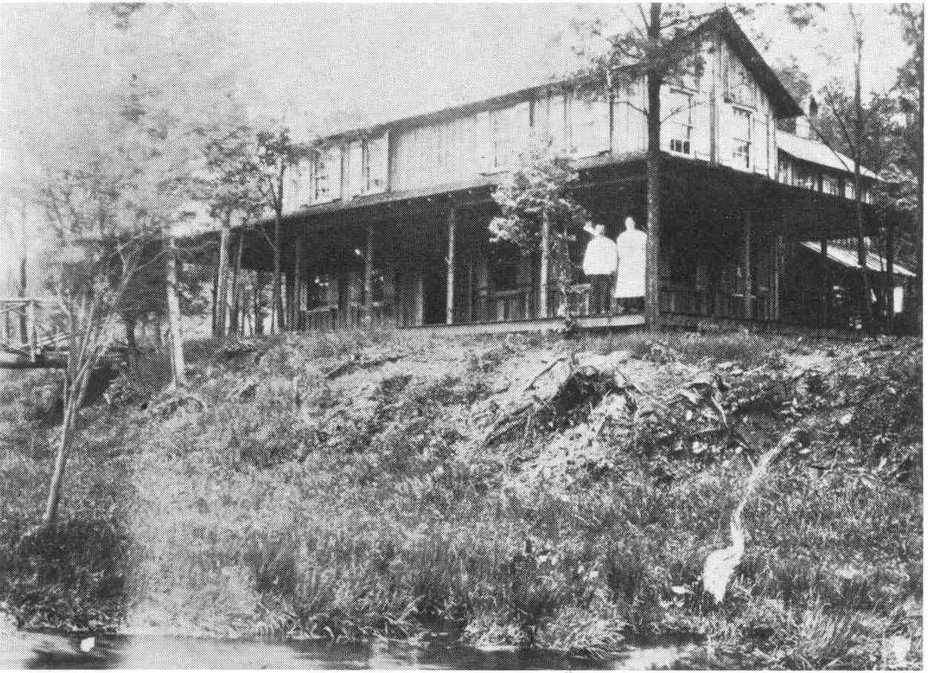
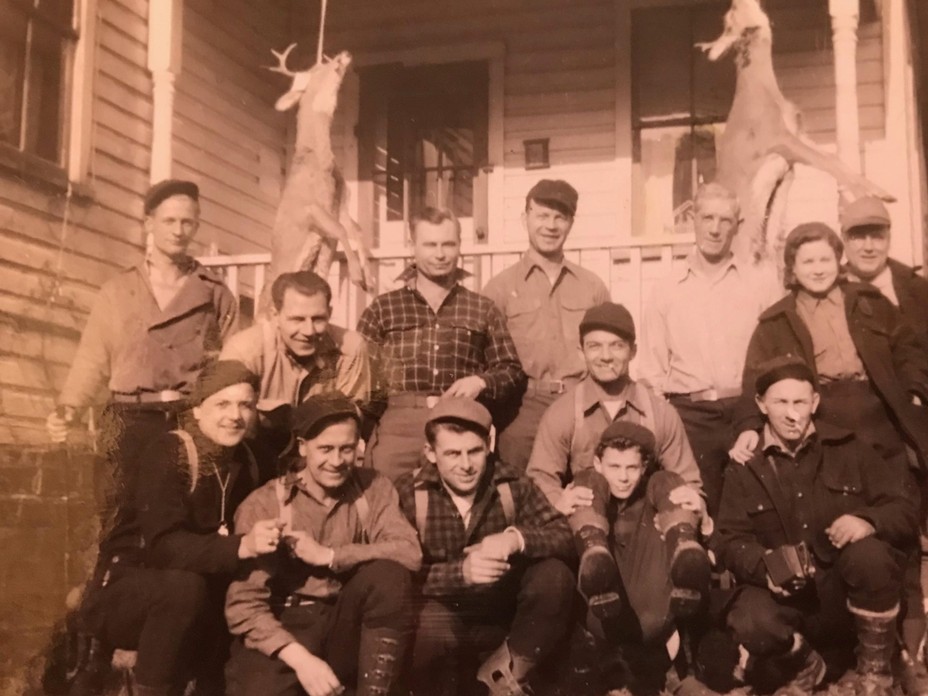
Below: Picture of the Walter homestead at Dahoga. (Photos courtesy of Terry Williams)
